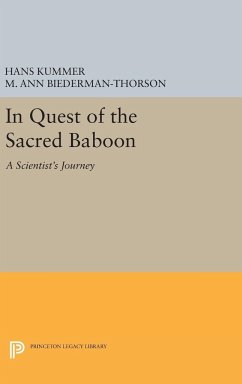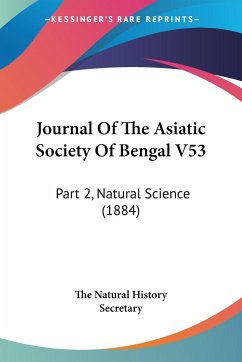
In the Footsteps of the Russian Snowman
Versandkostenfrei!
Versandfertig in 1-2 Wochen
22,99 €
inkl. MwSt.

PAYBACK Punkte
11 °P sammeln!
Russia - or to be exact, the Soviet Union - was the first country to probe the snowman riddle on a scientific basis. In 1958, in the post-Stalinist political thaw, the Soviet Academy of Sciences diverted itself for a time with the exotic and sensational subject of the Himalayan yeti. As the Academy had received reports of similar creatures in the mountains of Soviet Central Asia, it set up a special commission to collect evidence on the subject and launched a major expedition to the Pamirs to establish the existence of snowmen there. The expedition was a failure (this book explains why), and t...
Russia - or to be exact, the Soviet Union - was the first country to probe the snowman riddle on a scientific basis. In 1958, in the post-Stalinist political thaw, the Soviet Academy of Sciences diverted itself for a time with the exotic and sensational subject of the Himalayan yeti. As the Academy had received reports of similar creatures in the mountains of Soviet Central Asia, it set up a special commission to collect evidence on the subject and launched a major expedition to the Pamirs to establish the existence of snowmen there. The expedition was a failure (this book explains why), and this put an end to official interest in the matter. Snowman studies (or 'hominology,' to give its modern term) was declared by the academic establishment to be a pseudo-science, along with astrology and parapsychology












